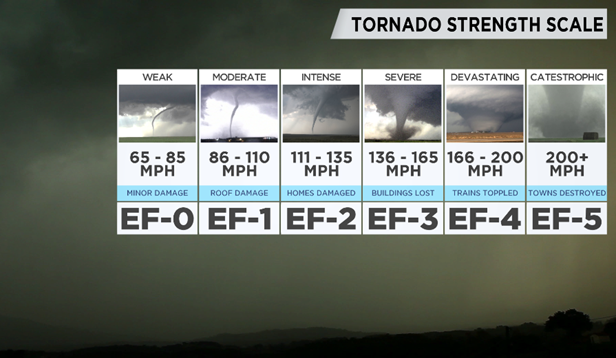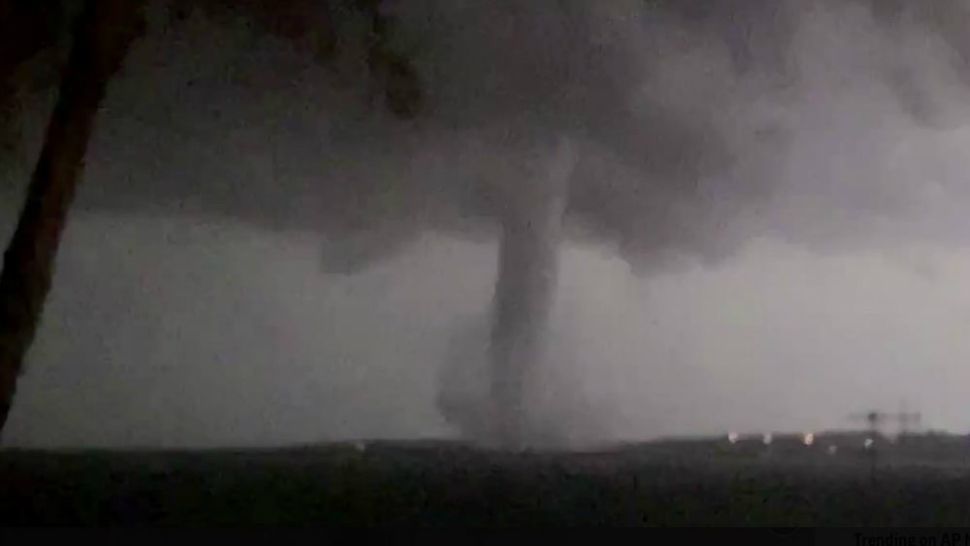Not every thunderstorm spawns a tornado, but when they do, the strong rotating wind can really wreak havoc. So what causes a tornado to form?
There are multiple variables that go into the development of a tornado that are not available in every storm.
What is a Tornado?
A tornado is a violently rotating funnel of air that extends from a thunderstorm to the ground. Sometimes a tornado can be confused with a hurricane, which is also a rotating storm, but on a larger and slower scale. Tornadoes are narrow and faster, making them much harder to prepare for and take cover.
Where Tornadoes Occur
According to the National Severe Storms Laboratory, about 1200 tornadoes hit the United States yearly and can occur in all 50 states.
They are more common along the Gulf Coast in early spring, May through June for the southern plains, and June through July for the northern plains and upper Midwest.
The reason for the higher frequency during these months is because conditions for tornado development are more common. Conditions include an unstable atmosphere, sufficient moisture, and sufficient vertical wind shear, which is the change in wind speed and direction as it rises.
These conditions are typically found along a boundary, such as a cold front, dryline, or sea breeze.
These boundaries indicate an area where cold and warm or moist and dry air masses meet. This will cause air to rise and thunderstorms to form. If the vertical wind shear is then present, the thunderstorm will start to rotate and a tornado can spin down to the surface.
Determining the Tornado Classification
Tornadoes can come in all shapes, sizes, and strengths. It’s not until a tornado has weakened that a determination can be made on how strong it was.
This is different than a hurricane that immediately gets ranked a category 1-5 based on wind speed. The EF Scale (Enhanced Fujita) is based on the damage that the tornado caused and can be as weak as an EF-0 or as strong as an EF-5.

No matter the strength of the tornado, it is important to take cover when a warning is issued.
A warning means that a tornado is likely occurring and you’ll need to get to your safe spot immediately.
How to Stay Safe During a Warning
Safe locations include a basement or an inside room without windows on the lowest floor. Try and grab something to protect your head from falling debris, like a helmet, and wait for the threat to completely pass before leaving.

Remember that tornadoes can occur at any time of year and during the day or night.
If the ingredients are there, a spin-up may occur fast, so it’s important to have a way to be alerted wherever you are. If a warning is issued, have a plan in place to quickly respond and get yourself to safety.



